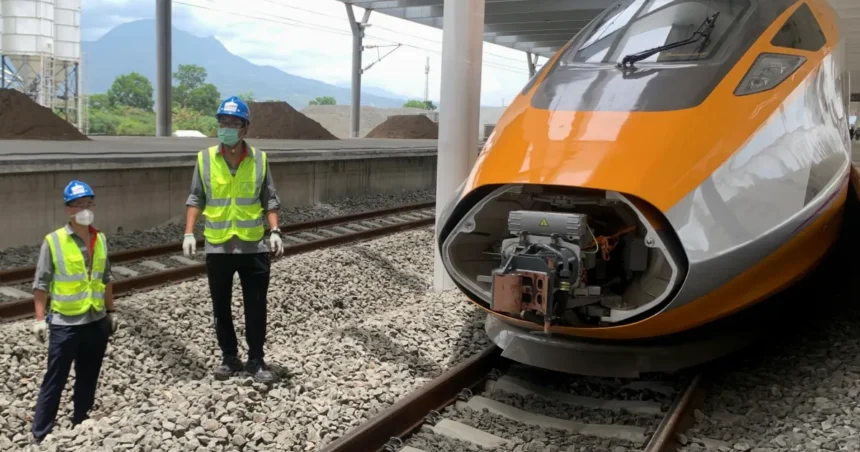Introduction
A tidal wave of debt repayments linked to Chinese’s Belt and Road Initiative (BRI) is crashing down on the developing world in 2025. According to a new report by the Lowy Institute, 75 low-income countries are scheduled to repay a record $22 billion to China this year—jeopardizing essential public services and raising fears about geopolitical leverage.

What Is the Belt and Road Initiative?
Launched in 2013, the BRI is a massive state-backed global infrastructure project aimed at connecting Asia, Africa, and the Americas through Chinese-financed ports, roads, and railways. It positioned China as the world’s largest bilateral lender, surpassing the combined output of Western development banks at its peak in 2016 with $50 billion in annual loans.
However, 2025 marks a pivotal shift—China is transitioning from mega-lender to major debt collector.
Why 2025 Is a Turning Point
Much of the debt accrued by these nations is now coming due. Of the $35 billion in scheduled Chinese debt repayments globally this year, $22 billion comes from the world’s 75 poorest countries. That puts critical budgetary areas like health, education, and climate resilience at risk.
“For the rest of this decade, China will be more debt collector than banker to the developing world,” said Riley Duke, lead author of the Lowy report.
Public Services at Risk
The financial pressure is immense. In 2023, the 46 Least Developed Countries (LDCs) spent about 20% of their tax revenue on foreign debt payments. Germany, by contrast, used just 8.4% of its budget for the same purpose.
High servicing costs are choking public investment and increasing vulnerability to economic and climate shocks, especially as private lenders and multilateral banks also demand repayment.
Strategic Lending or Debt Trap?
Beijing’s critics argue that China may be using debt as a tool of geopolitical influence, pointing to examples like Sri Lanka’s Hambantota port, which was leased to a Chinese firm for 99 years after Colombo failed to repay a $1.4 billion loan.
However, not all analysts agree with the “debt trap” narrative. Studies by Johns Hopkins China Africa Research Initiative and Rhodium Group show that many Chinese loans have been restructured in favor of borrowers, including extensions, interest reductions, and outright cancellations.
Western Creditors Not Off the Hook
Some experts argue the focus on Chinese lending lacks balance. According to Debt Justice, African nations owe three times more to Western private creditors than to China—often at significantly higher interest rates.

“Even if you remove China from the creditor picture, lots of poor countries would still be in debt distress,” says Kevin Gallagher of Boston University’s Global Development Policy Center. “Western lenders are faster in and out, charge more, and support fewer long-term infrastructure projects.”
BRI Lending Still Active—With Conditions
While overall Chinese lending is slowing, two exceptions stand out:
- Geopolitical Shifts: Countries like Honduras and Solomon Islands received new loans after switching diplomatic recognition from Taiwan to China.
- Critical Minerals: In Indonesia and Brazil, China continues to invest in mining infrastructure crucial to electric battery supply chains.
Conclusion
As 75 countries struggle with a record $22 billion in Chinese debt repayments, the world faces tough questions. Is the BRI a blueprint for development or a geopolitical lever? And as China becomes more collector than creditor, how will developing nations balance debt relief, public investment, and national sovereignty?
For more insights into international development and China’s role in global finance, read:









